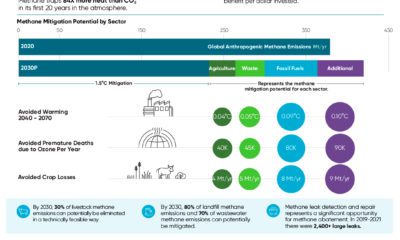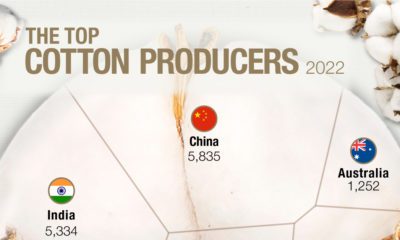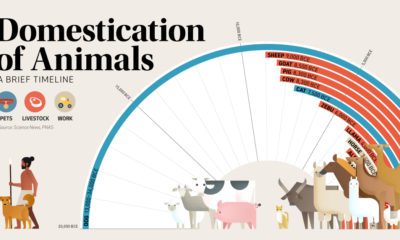As with most things, it can be complicated and more nuanced to answer. However, ultimately it boils down to a few key factors: total amount planted, the rate of yield, and the revenue per unit sold. It also depends on whether we are looking at the absolute value, or the most value per acre. The most planted crops throughout the world are wheat and maize (corn). Rice and soybeans are other key staples. However, these are all relatively low yielding and do not make enough revenue per tonne of product produced. The highest yielding crops are sugar cane, sugar beet, and tomatoes. Sugar cane accounts for about 80% of the world’s sugar production, while sugar beet the remaining 20%. Not surprisingly, the most lucrative cash crops from a value per acre perspective are illegal in many parts of the world. With a higher risk to grow these, there is a higher reward for the farmers. Cannabis has a value of $47.7 million per square kilometre, while coca weighs in at $37.7 million and opium poppies $6 million per sq. km. The most lucrative legal crops include tomatoes ($1.4 million per sq. km) and grapes ($625,000 per sq. km). Interestingly, tobacco comes in the middle of the pack with a value of $277,000 per sq. km. Rapeseed (also known as canola) comes in at $60,000 per sq. km. From an absolute value perspective, the world’s most valuable cash crop is cannabis as well. It is followed by rice, maize, and then wheat. Original graphic from: Information is Beautiful on Over recent decades, farmers have been able to more than double their production of crops thanks to fertilizers and the vital nutrients they contain. When crops are harvested, the essential nutrients are taken away with them to the dining table, resulting in the depletion of these nutrients in the soil. To replenish these nutrients, fertilizers are needed, and the cycle continues. The above infographic by Brazil Potash shows the role that each macronutrient plays in growing healthy, high-yielding crops.
Food for Growth
Nitrogen, phosphorus, and potassium (NPK) are three primary macronutrients that are the building blocks of the global fertilizer industry. Each plays a key role in plant nutrition and promoting crop growth with higher yields. Let’s take a look at how each macronutrient affects plant growth. If crops lack NPK macronutrients, they become vulnerable to various stresses caused by weather conditions, pests, and diseases. Therefore, it is crucial to maintain a balance of all three macronutrients for the production of healthy, high-yielding crops.
The Importance of Fertilizers
Humans identified the importance of using fertilizers, such as manure, to nourish crops dating back to nearly 6,000 to 2,400 BC. As agriculture became more intensive and large-scale, farmers began to experiment with different types of fertilizers. Today advanced chemical fertilizers are used across the globe to enhance global crop production. There are a myriad of factors that affect soil type, and so the farmable land must have a healthy balance of all three macronutrients to support high-yielding, healthy crops. Consequently, arable land around the world varies in the amount and type of fertilizer it needs. Fertilizers play an integral role in strengthening food security, and a supply of locally available fertilizer is needed in supporting global food systems in an ever-growing world. Brazil is one of the largest exporters of agricultural goods in the world. However, the country is vulnerable as it relies on importing more than 95% of its potash to support crop growth. Brazil Potash is developing a new potash project in Brazil to ensure a stable domestic source of this nutrient-rich fertilizer critical for global food security. Click here to learn more about fertilizer and food production in Brazil.































